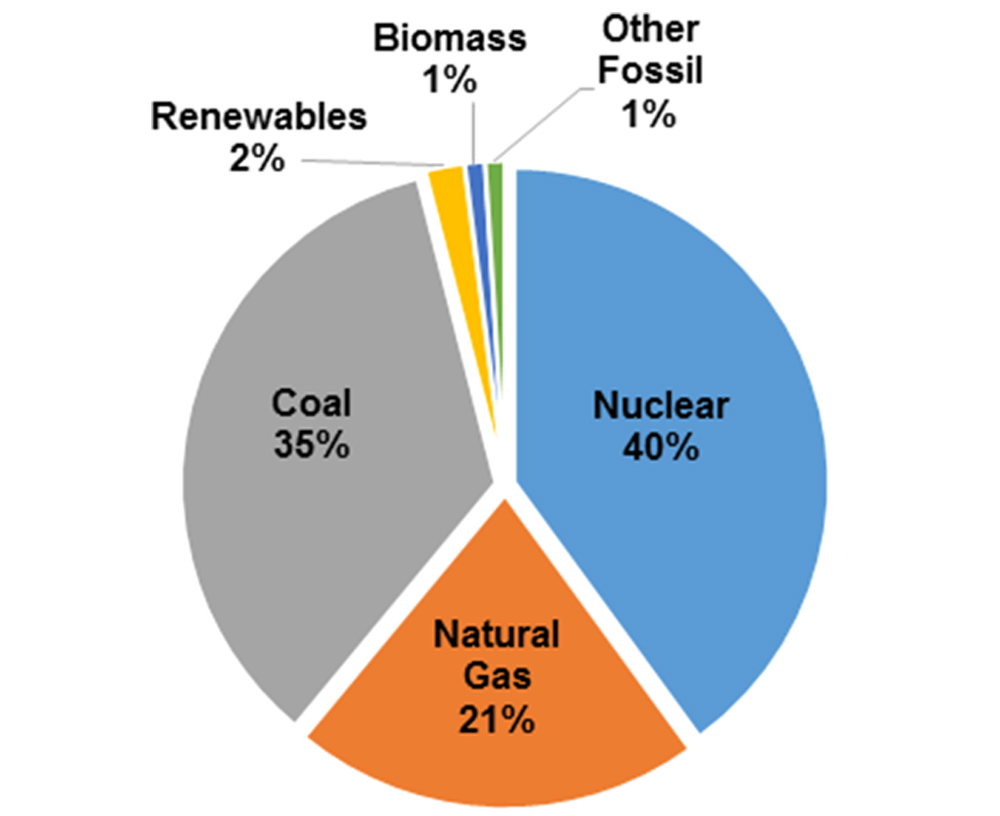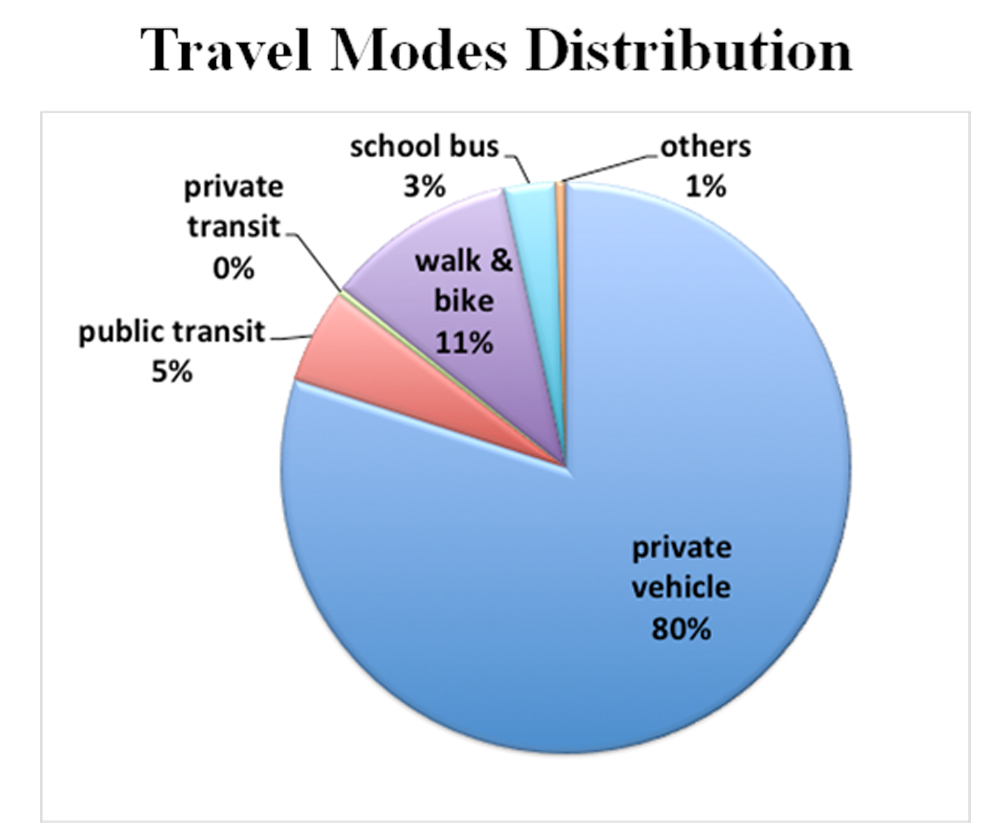A team from Drexel University’s A.J. Drexel Institute for Energy and the Environment presented their 97-page report on Philadelphia’s greenhouse gas emissions to the Mayor’s Office of Sustainability Nov 4. The report, titled “Options for Achieving Deep Reductions in Carbon Emissions in Philadelphia by 2050” began in June 2014 and completed just prior to the presentation in early November. The researchers who contributed to the report included experts and students from Drexel University College of Engineering as well as the College of Arts and Sciences, and also included research done at McGill University in Montreal, Quebec.
According to Patrick Gurian, one of the leaders of the report and a professor in the College of Engineering, an original meeting between Drexel leaders in environmental research and the MOS led to a proposal that was sent to the Institute for Energy and the Environment. Richard Freeh, the City Energy Project Manager from the Mayor’s Office of Sustainability gave a statement about the report through an email.
“Overall, the report is very helpful for us as we think about pathways and opportunities for emissions reductions toward meeting our long-term climate goals. The scenarios Drexel evaluated will help us identify specific programs and policies that could be implemented to drastically reduce our greenhouse gas emissions both for municipal operations and citywide,” Freeh said.
The proposal sent to the Institute for Energy and the Environment resulted in $50,000 worth of funds given to support student and post-doctoral efforts in the research. The faculty members who contributed to the report did so without any payment. Five of the contributing researchers were undergraduate students, and one graduate student also contributed. Chloe Dye, an undergraduate student in the Engineering Management program, and Abhimanyu Patwa, a graduate student in the same program, both contributed to the research that went into the report, along with four other students that contributed and have now graduated. The contributors who have now graduated include Robert Zolitor, Michael Schickling, Sean-Erik O’Donnell and Eliya Hurd. According to Gurian, these student contributors did the majority of the research leading to the final report.
The report was developed in response to the United Nations’ request that all developed countries and major cities reduce their greenhouse gas emissions 80 percent by the year 2050, as compared to the national averages for the respective countries in 1990. According to the report, Philadelphia would only need to decrease their emissions by 66 percent to match the present national averages before 2050. However, the report still aimed to focus on the goal of reducing emissions by a full 80 percent in the next 35 years.
Philadelphia’s Greenworks program, which has been in place since 2009, recently met its initial set of benchmarks, thus creating space for the new report written by the Institute for Energy and the Environment to form new policies, according to Gurian.

According to the report, the current highest percentage of greenhouse gas emissions in Philadelphia is accounted for by energy use in buildings, amounting to 60 percent of the emissions in the city. The report outlines what it calls retrofits for buildings that, after installment, would pay for themselves in savings over periods of use. The buildings that would benefit from these retrofits the most are those which experience heavy public traffic, and include hospitals, schools, grocery stores, retail establishments and large office buildings.
Much of the focus on energy use by the city was on switching the suppliers of electrical energy from carbon-based to cleaner sources, outlined in the report as nuclear, solar, wind and carbon capture and sequestration. However, the report noted that even if 100 percent of the electricity was derived from carbon-free sources, the 80 percent reduction in greenhouse gas emissions goals would be difficult to meet by 2050. Therefore, emissions associated with transportation, which amount currently to 19 percent of the city’s emissions were also investigated.
The report also outlines a plan for creating more efficient, de-carbonized or hybrid-electric public transportation, as well as discussing how to encourage more commuters to walk or use bikes. However, the authors of the report admit that the retrofits to buildings, as well as the switch from carbonized energy sources to non-carbonized sources, would be the most cost-effective changes that the city could make. The report suggests that a switch to non-carbonized energy sources would be cost efficient so long as 30 percent or less of the annual demand each year was based on intermittent sources, including solar power and wind power.
“I was surprised that very ambitious cuts in emissions are not only attainable but in many cases can be achieved at modest costs. It was encouraging to see how advances in renewable power, hybrid vehicles, and demand management … have made dramatic reductions in greenhouse gas emissions a realistic goal,” Gurian said about changes being made in the city.

All of these effects are expected to have a large beneficial impact on global greenhouse gas emissions over the next 35 years. The fact that large city centers are acting to implement changes like these makes large change possible. Joseph Hughes, the dean of the College of Engineering, expanded on this concept in a press release for the report. “What makes cities a big part of the problem also makes them a big part of the solution—implementing large-scale de-carbonization strategies in metropolitan areas would have a tremendously beneficial effect on a global scale,” Hughes said.
Freeh also expressed in his email that mayor-elect Kenney will be able to reflect on the report and communicate with the MOS in order to start implementing changes in Philadelphia’s sustainability agenda to improve conditions locally and globally leading up to 2050.


